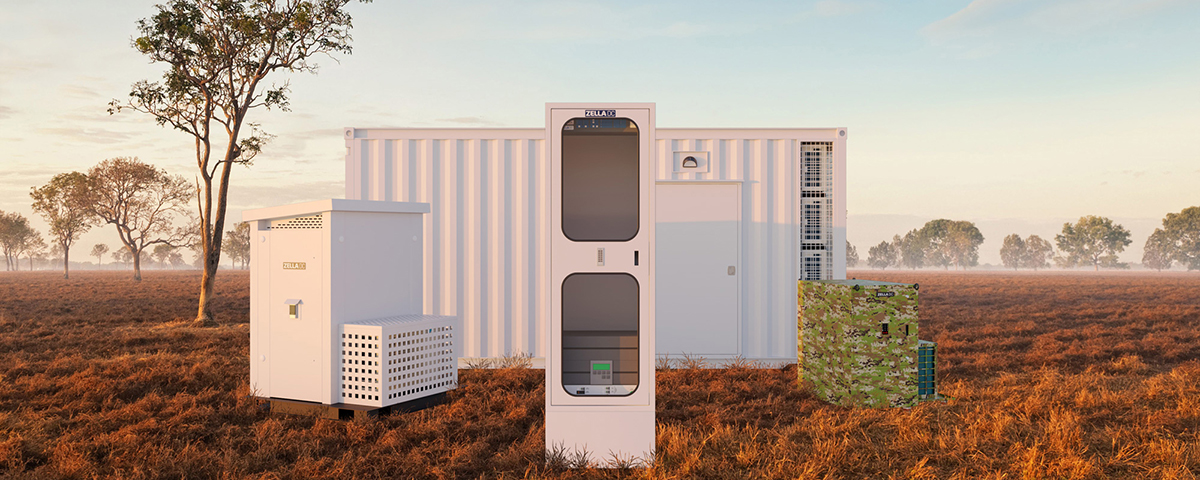Gamers of the world, listen up… 5G and edge computing are poised to upgrade your experience in a way that will blow your mind! The move to cloud gaming is happening right now (although the full advantage will take a few more years to become truly mainstream).
So … what is cloud gaming, exactly? While die-hard fans are already dipping their toes in the water, the majority of gamers are still affixed to their consoles. Cloud gaming is set to revolutionise this, allowing players to join a global universe of games from anywhere in the world via a phone or device of their choice.
Does this mean that it’s time to bin the console? Well, perhaps not quite yet. While all the major players (Microsoft, Sony, Play Station etc) are offering cloud gaming products (and have been for some years), it’s only now – with the rollout of 5G – that it’s beginning to be accepted. However, we’re all aware that, currently, the network is sporadic at best and – in many areas outside of cities – doesn’t even exist yet.
But … watch this space.
As uber-fast connections become more widespread and latency is reduced, so the reality of quality cloud gaming increases. In fact, the concept is set to have the same kind of effect on gaming as streaming did for video services.
There are many reasons cloud gaming appeals:
- No need for a console. Simply use any smart device, such as a phone, tablet, laptop or computer
- Play anywhere. All you need is connectivity and boom! You’re in the game …
- Wave goodbye to buying physical copies of games (and storing or carrying them with you if you want to play).

The rise (and challenges) of cloud gaming
Connectivity is the key to successful cloud gaming. Low-latency responsiveness is crucial, meaning strengthening the networks and decentralising data is key. Games are becoming ever more sophisticated, using VR and AR to accentuate the experience. Graphic-heavy, multi-player options put even more stress on the network – and even the slightest level of congestion will cause the game to jitter, reducing the whole experience.
The answer doesn’t solely rely on 5G – edge computing will and is also playing a starring role. This is especially applicable when you add AR and VR into the mix. A good online gaming experience demands latency of less than 100 milliseconds. But this is reduced to less than 20 milliseconds with VR and AR. Anything more than that can mean players become nauseous – a flaw caused by the lag that’s only noticeable at a subconscious level.
Processing data closer to the point it’s generated – the whole concept of edge computing – removes this. The rollout of this has led to a brand-new concept that’s already being utilised – namely, gaming-as-a-service, or GaaS.
E-sports, as well as gaming, are set to enter a whole new era. Telcos are already partnering with game designers to bring this to reality. Examples include SK Telecom joining forces with Riot Games Korea and the AT&T—ESL collaboration to bring us the ESL Mobile Open.
The future of gaming and e-sports is about to change beyond your wildest dreams. Much as the video stores of old went the way of the dinosaurs, you’ll soon be packing up your PS5 or Xbox and playing from your phone or tablet. But don’t forget to store it carefully – in 20 or 30 years, it could be worth a fortune as a vintage collectable…






